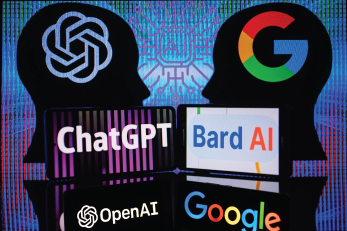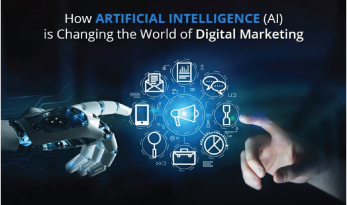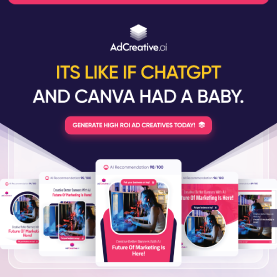Why Transition to AI?
As a programmer, you already possess problem-solving skills and a solid foundation in coding—both essential for AI. Transitioning to AI allows you to:
- Expand Your Skill Set: AI expertise is highly sought after, making you more marketable and opening doors to higher-paying roles.
- Drive Innovation: Be at the forefront of cutting-edge technologies that are transforming industries.
- Work on Meaningful Projects: From healthcare diagnostics to natural language processing (NLP) chatbots, AI applications impact millions of lives.
What Makes This Guide Different?
Unlike many AI learning resources that start with advanced math, this guide takes a practical approach, letting you dive into coding and implementation first. By working directly with code, you’ll build models, explore real-world applications, and develop the skills employers value most.
Key Topics You’ll Learn
1. Machine Learning Basics Through Code
Get hands-on experience building machine learning models using TensorFlow. Learn foundational concepts while implementing projects, ensuring that theory is reinforced through practice.
2. Computer Vision
- What You’ll Do:
- Implement feature detection in images.
- Build models for tasks like object recognition and image classification.
- Applications:
- Automating quality control in manufacturing.
- Enhancing user experiences with augmented reality.
3. Natural Language Processing (NLP)
- What You’ll Do:
- Tokenize and sequence words and sentences.
- Train models to analyze sentiment and perform text summarization.
- Applications:
- Building chatbots for customer service.
- Analyzing trends from social media data.
4. Sequence Modeling
- What You’ll Do:
- Work with sequence data like time series and text.
- Implement models for predictive tasks such as forecasting and recommendation systems.
5. Embedded AI
- What You’ll Do:
- Embed models in Android and iOS applications.
- Optimize models for resource-constrained environments.
- Applications:
- Building smart home devices.
- Enhancing mobile app functionality with AI.
6. Serving Models on Web and Cloud
- What You’ll Do:
- Deploy AI models using TensorFlow Serving.
- Make models accessible via web APIs and cloud services.
- Applications:
- Enabling scalable AI solutions for enterprise use.
- Powering web apps with predictive analytics.
Steps to Transition from Programmer to AI Specialist
1. Get Comfortable with TensorFlow
TensorFlow is one of the most widely used frameworks for machine learning. Start by experimenting with sample code to understand how to build and train models.
2. Build a Portfolio of Projects
Showcase your skills with a portfolio that includes projects in computer vision, NLP, and other AI domains. Employers look for practical experience alongside theoretical knowledge.
3. Strengthen Your Math Skills
While this guide minimizes the math barrier, understanding linear algebra, calculus, and probability will deepen your expertise as you advance.
4. Stay Updated
AI evolves rapidly. Follow AI blogs, attend webinars, and participate in online communities like TensorFlow’s forums or Kaggle competitions.
5. Leverage Online Resources
In addition to Laurence Moroney’s book, explore free courses on platforms like Coursera, edX, and YouTube to supplement your learning.
Tools and Resources
- TensorFlow: Your go-to framework for machine learning.
- Colab: A cloud-based environment for running TensorFlow code.
- Keras: A user-friendly API for building and training neural networks.
- Kaggle: A platform to practice with datasets and participate in AI competitions.
Final Thoughts
The leap from programmer to AI specialist is not as daunting as it seems when you have the right resources and approach. By focusing on practical, hands-on learning and real-world applications, you can build the confidence and skills needed to excel in this transformative field. With tools like TensorFlow and the guidance of experts like Laurence Moroney, your transition to an AI career can be both seamless and rewarding.


